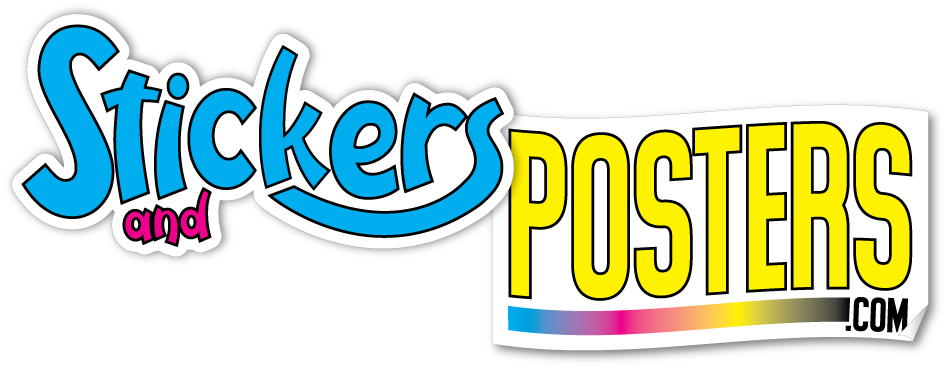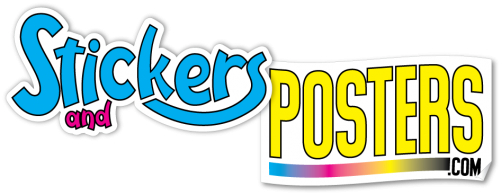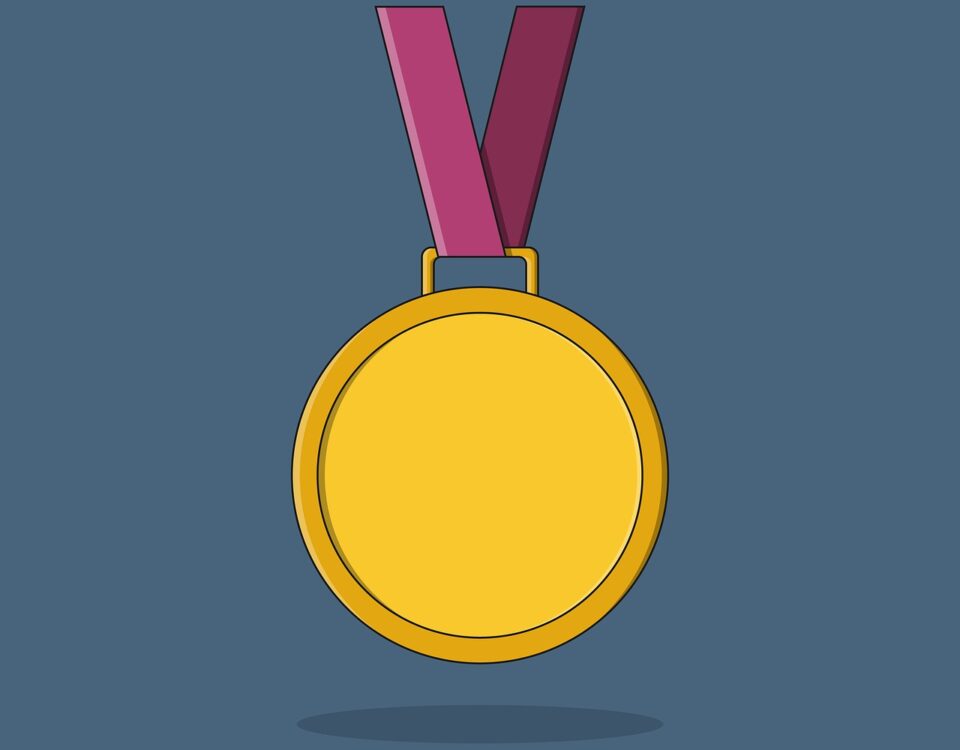
Ten Strategies to Grow Your E-Commerce Business
May 5, 2023
How to Feature Stickers in Your Marketing Campaigns
June 16, 2023Summer unofficially kicks off this weekend, and while the season’s excitement usually leads to early summer sales, as the months wane on and consumers are more likely to be traveling and spending time outdoors, there tends to be a cooling off period that impacts retailers. Specifically, e-commerce retailers.
Globally, July is the least profitable month for e-commerce, with average sales dropping 30% from their peak month of December. And while online shopping begins to ramp up again at the end of August to the beginning of September, when consumers are returning to school and work, June and July can be challenging.
Here are ten e-commerce tips to help online retailers minimize the summer slowdown and optimize summer marketing strategies to enhance their websites, test new strategies and tactics, and prepare for the fall shopping frenzy!
- Embrace the Seasonality. According to a study, 93% of consumers consider visual appearance to be the most important factor in making a purchase decision. Help drive engagement by updating your e-commerce site align with seasonal trends. It is especially important that the look and feel of your website and marketing campaigns align with the mood of customers and the overall aesthetic of the season.
- Be Social. During the summer season, the average time spent on social networks increases by about 20%. So take a social approach when designing your summer marketing and communication campaigns. Be fun and engaging by creating content that connects your brand to summer. Some ideas include capturing the “holiday” mood with visuals and messages related to summer travels and warmer weather or creating special offers for any of your summer-related products. Post during peak hours when your target audience is most active online. (You can check this out by using tools like Facebook Insights, Twitter Analytics, and Followerwonk.)
- Leverage A/B Testing. Summer is a great time to re-evaluate your checkout and shopping cart process. Pay attention to both the checkout process as well as test new layouts and configurations to see what drives the most conversions and results in highest average carts. Consider testing different colors and formats for all call-to-action buttons.
- Review Online Advertising Campaigns. If you are engaged in any online advertising or PPC campaigns, it is imperative you monitor performance and optimize accordingly. Consider researching new keywords and developing optimized Google Ads and landing pages.
- Design New Marketing Campaigns. Marketing campaigns are generally fluid and it’s never too early to start preparing and optimizing both current and upcoming campaigns. Consider your summer campaigns as well as those you plan to launch for fall and holidays. Identify your goals, identify which products you plan to highlight, design specials, and begin crafting the messages your campaigns will communicate. You may also begin creating distribution lists for any email marketing campaigns, designing landing pages that target your audience, as designing any banners, ads, and content for each channel you plan to utilize.
- Identify New Target Markets. Take advantage of the time you can devote to your e-commerce in summer to identify new target markets. Consider how different audiences may use your products or design new product offerings which will allow you to tap into new audiences.
- Update Product Pages. Spend some time reviewing your website and product listings. Consider refining your product titles and descriptions, strategically integrating your keywords for SEO. You can also consider targeting seasonal keywords; do a keyword search to identify the most relevant ones. Some ideas to consider include: improving the quality of your images, creating videos or tutorials highlighting your products, adding customer reviews to your product pages (and/or encouraging your customers to leave reviews), and adding a “Complementary Products” section to your product pages, including product recommendations.
- Create Bundles or Product Collections. Make it easier for visitors to find what they’re looking for by creating specific product collections. The goal of this strategy is to simplify their decision making by making it easier for them to buy. Consider creating seasonal collections, a collection of similar items, or shopping guides. Then, draw attention to your product collections with emails and call-to-action (CTA) pop-ups to drive traffic directly to those specific pages.
- Create New Content. Seasonal content is a great way to engage customers. A simple way to do is by tapping into seasonal trends, what people do during the summer, and what goods they need in order to enjoy themselves. Consider some of the most popular summer topics such as music festival style guides, barbecue recipes, wedding or graduation gift ideas, packing guides for travel, any seasonal topic you can relate to your brand and product line. Here are some ideas to help spark your creativity: newsletters, videos on how to use your products, videos highlighting product features or selling points, trend guides and look books, buying guides, inspiration lists, and blog posts.
- Run a Contest. Few things increase engagement and conversion as effectively as a contest. During the summer, running a competition is a real opportunity to continue to drive traffic to your e-commerce site and drive sales. Online shoppers are especially likely to enter a contest when they have a chance to win something of value so be sure to make the prize enticing enough for customers to give you their email address or participate in the contest.
Make it a great season!





